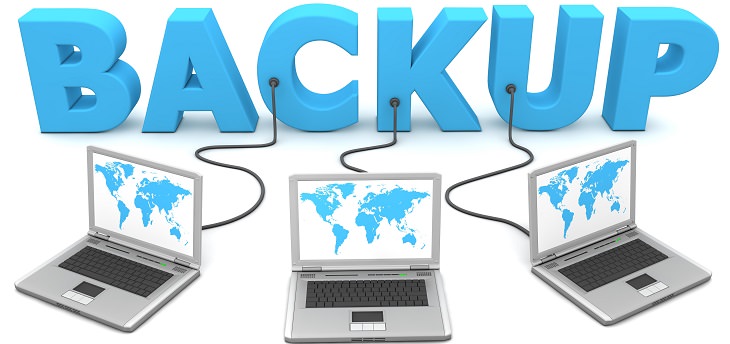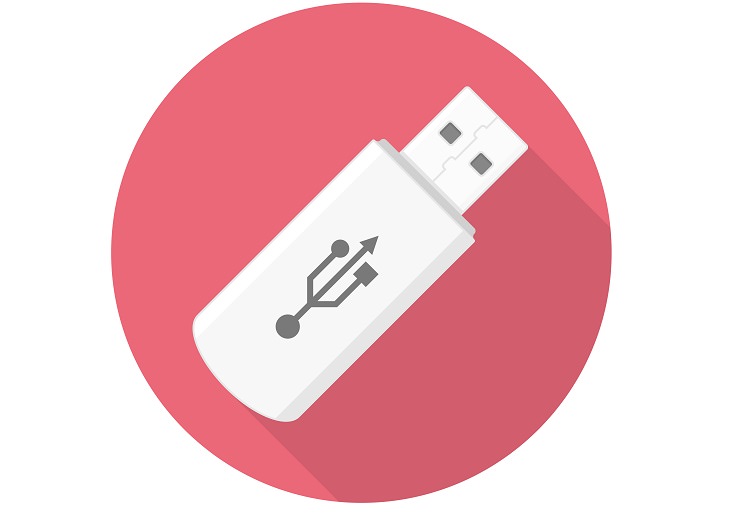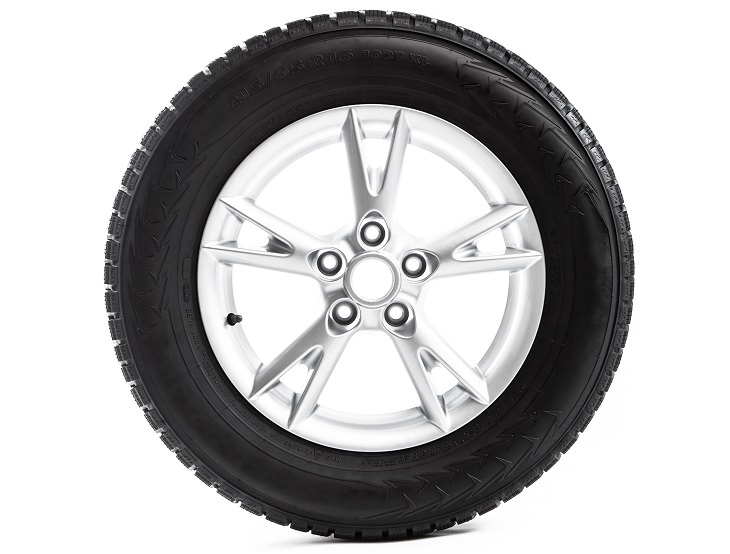
Your computer, for the sake of simplicity and convenience, is usually the place where you store all of your music, photos, movies, data files, projects and so on. However, storing all your favorite files in one place is a bad idea.
If you lose your computer or someone steals it, if your computer crashes and stops working completely, or if you accidentally delete something, all those files that you spent so long accumulating will be lost forever. The only way to avoid these unexpected and devastating losses is to back up all your files. There are a number of ways to back up your computer to significantly lower the risk of losing your most valuable files.

The simplest definition of a backup is that it is an exact copy. When talking about computer files, we are referring to copies of the original files that are on your laptop/computer, external drive or desktop. By creating a backup, it means that your original content is now saved in two different places.
However, please remember that it is important to make sure that these two places are not on the same device. For example, if you have made four copies of an important document on the same computer, if that computer crashes, you will, unfortunately, lose all four copies.

The simple answer to this question is yes. In fact, this is how most people save their files. These drives, due to their small size, are very easy to carry about and they work on most computers. Therefore, they are great to save small presentations and other work documents on. They are also very easy to give to colleagues if you are doing a collaborative project.
However, they do come with their problems. These drives can be so small that they are very easy to lose or misplace; if you lose your thumb drive then you will no longer be backed up. Furthermore, most thumb drives are not big enough to hold all of your important data from your computer. Therefore, they are not really ideal to use when backing up your computer.

While making a backup might seem daunting to the uninitiated; it really isn’t. Look at it this way, making a backup is a lot easier (and cheaper) than trying to recover your files from a broken or damaged hard drive. Furthermore, if your hard drive has been lost or stolen, the only way you can recover your precious data is if you have a backup.
There are three different kinds of backup:
A Bootable Backup (Clone)

This type of backup, to explain it simply, is just like a spare tire for a car. If your car gets a flat tire, the spare will enable you to complete your journey. A clone is a complete replicate of your computer’s hard drive. This means that if your computer’s hard drive stopped working tomorrow you could still hook up the clone, reboot your computer and have instant access to all your files, all the software you use and all your settings and configurations will be the same.
1. Place a CD/DVD, external hard drive disk or USB (with plenty of free space) into your computer
2. In the Windows start screen (bottom left), type recovery.
3. In the search results panel that appears, click Settings and then click Create a recovery drive.
4. In the big box which appears, check the small box marked Copy the recovery position from the PC to the Recovery drive (if you do not check this box, you will only get system-repair tools, not a full re-installation).
5. Click Next.
6. A box will then appear prompting you to select your connected USB drive. After you have done this, click Create and all the files will be sent to your USB.
7. Click the finish button - you have now successfully set up your bootable backup. Please place it somewhere safe in case you ever need it.
An External Backup Drive

An external hard drive can be used to create an archive of all of your changed and deleted files. An archive differs from a clone in two ways: first, it is not meant to be a bootable backup; second, it is not limited to just a snapshot of your whole drive at one particular point in time. Instead, incremental backups are created as you work. This type of backup is intended to provide you with backups of personal files such as pictures and music.
In other words, instead of looking at your hard drive as a whole, an external backup drive focuses on particular folders. Therefore, this means that if important files are deleted, changed or corrupted you can undo any changes and recover any deleted files. If your computer dies, you can just plug the external backup drive into another computer and you will immediately have access to your files.
This is how you create an external backup drive for Windows:
1. Purchase a backup drive. You can use most USB external hard drives that are found at all good electronic stores. If you can, try to buy one that has a lot of space (ask for assistance if needed) so that you have the room to add multiple backups as well as room for all the data you might acquire in the future.
2. Plug the drive into your computer. Windows should then ask you if you want to use the drive as a backup. Tell it that you do. If, for some reason, you do not get this prompt, click on the Start Menu (bottom left), type ‘backup’ in the search and hit Backup and Restore.
3. Next, click the ‘Setup Backup Button’. Choose the external hard drive that you have just plugged in and then hit the Next button. The Windows’ default settings are most likely fine, so you can click Next on the following screen too.
4. On the final screen, click Save Settings and Run Backup. Windows will make the first backup to your drive (do not turn off your computer). After that, it will make regular backups in the background while you work.

Having the aforementioned backups for your computer is a very good start, however, your data is still at risk of theft, fire, and other natural disasters. Therefore, the best way to protect yourself against this type of loss is to have another backup somewhere else. The best backup to use here is a cloud backup.
The simplest way to describe the cloud is to think of it as a secure warehouse on the internet which specializes in holding electronic files. There is a lot going on behind the scenes of a cloud backup. To start off with, your files are encrypted so that no one else can read them and then your files are copied to lots of different drives. The cloud gives you access to your files from anywhere in the world (as long as you have internet access).
This is how you create a cloud backup for Windows (Windows 7 onwards):
1. Microsoft has its own cloud backup system built into Windows. This service is known as OneDrive. To find this on your Windows device, click on the up arrow to the left of the clock on your taskbar.
2. In the small box that appears you will see a small cloud. Click on it.
3. You will then be prompted to enter your email address and then your password for your Microsoft account (you should have already created this when you were setting up Windows).
4. After you have signed in, a box will appear asking you what files you would like to sync to your OneDrive. Simply put a tick in the box beside each folder that you would like to sync and then click Next.
5. Your OneDrive is now ready to use. To add and save any files to your OneDrive all you have to do is open it (you can do this by clicking on the aforementioned cloud or by simply typing OneDrive into the search bar) and drag the file you want to add into it. That file is now accessible from any computer with internet access.
Photos by Depositphotos